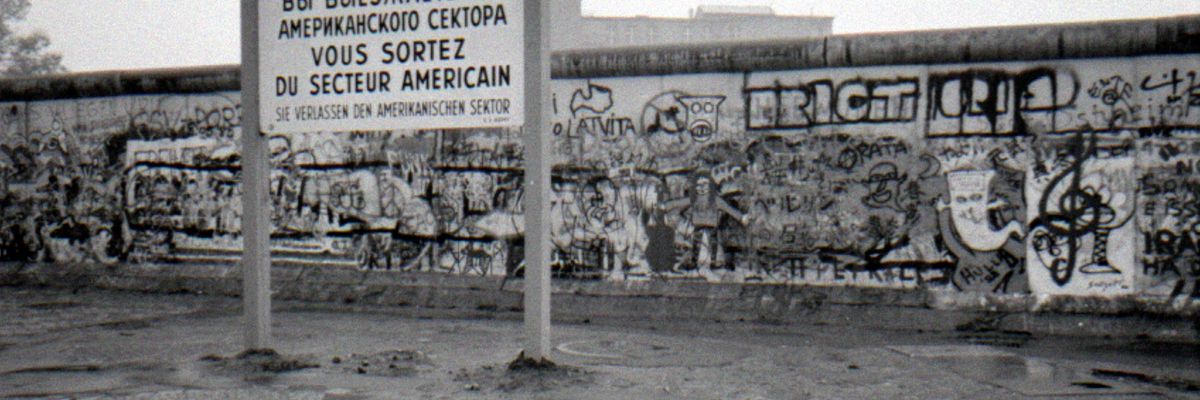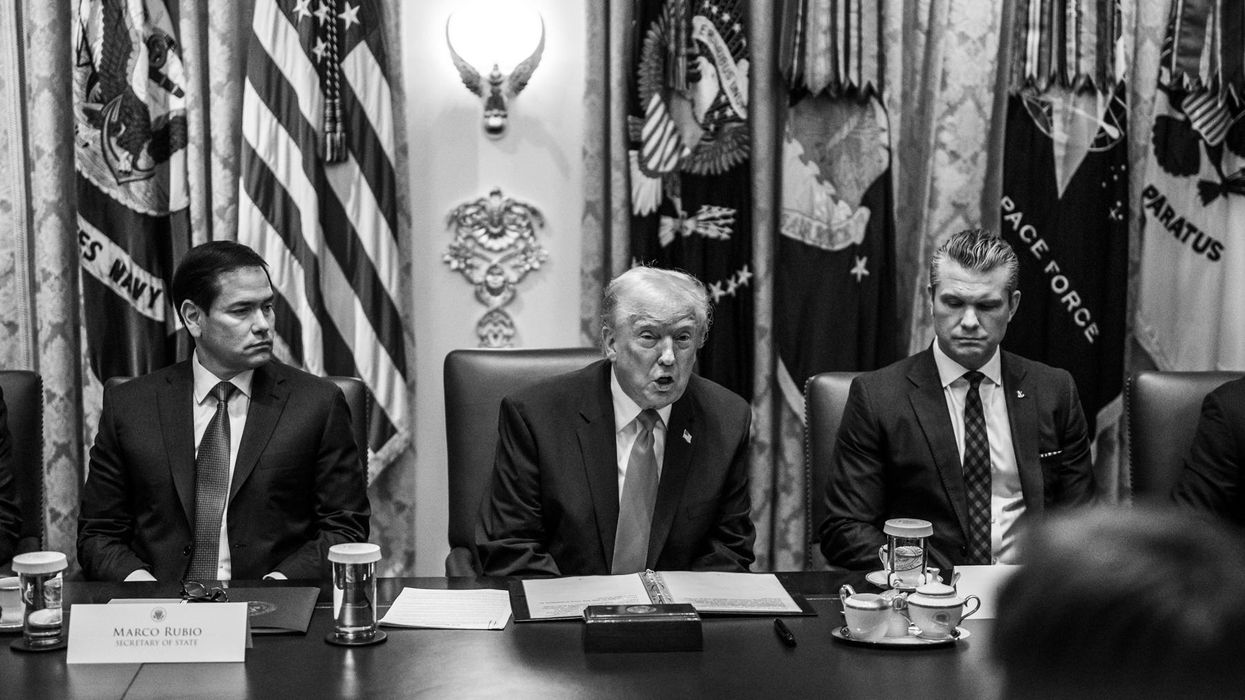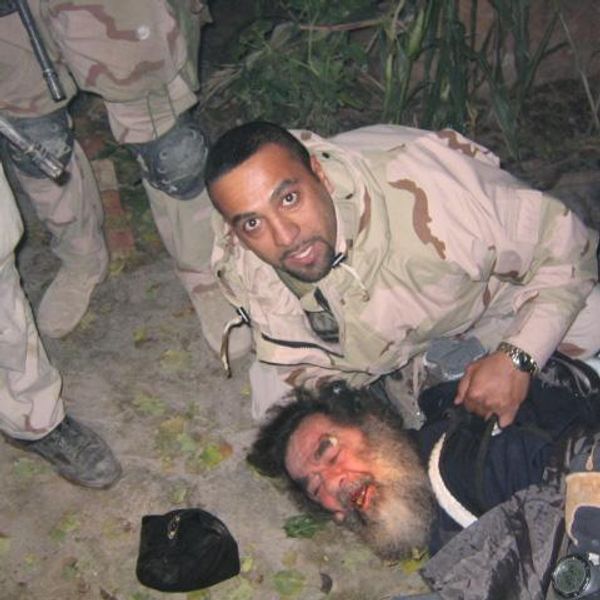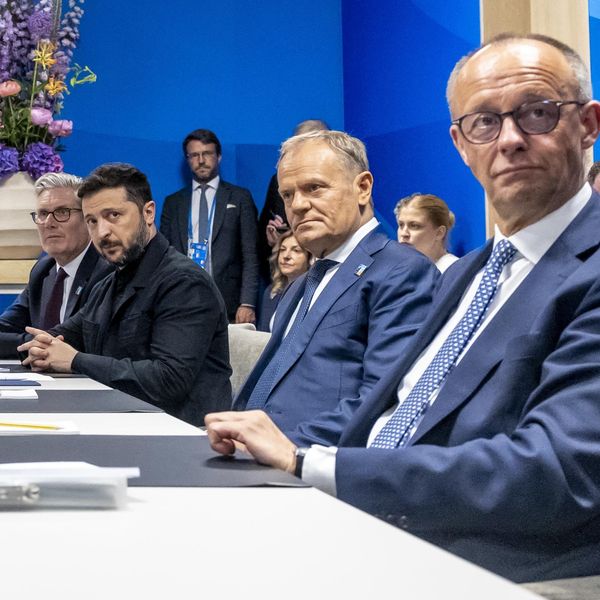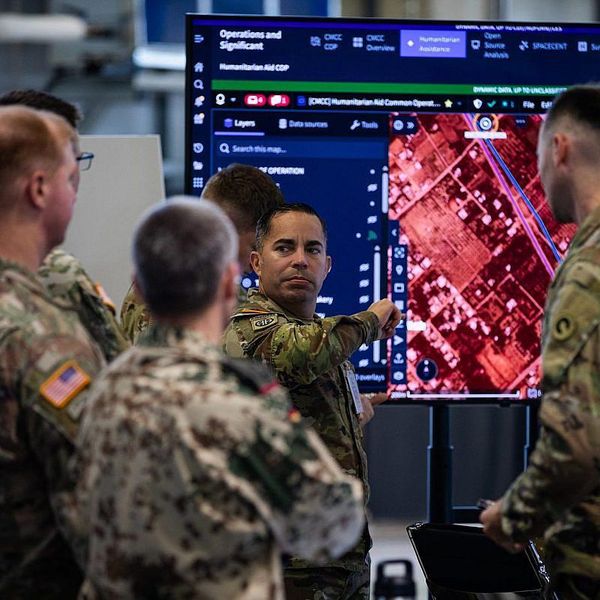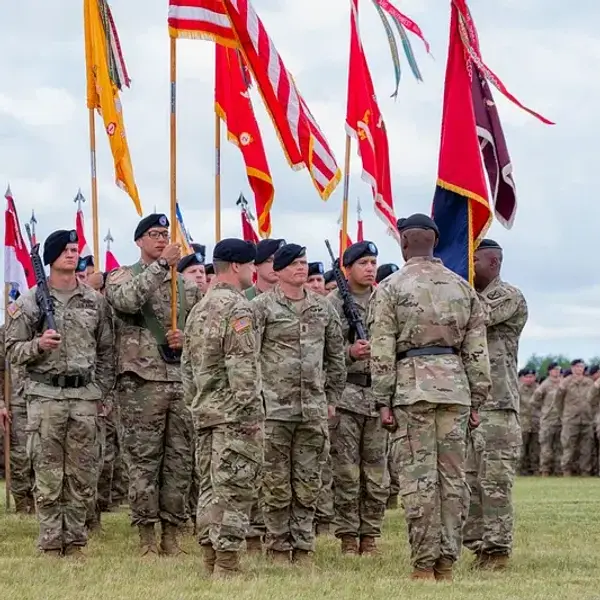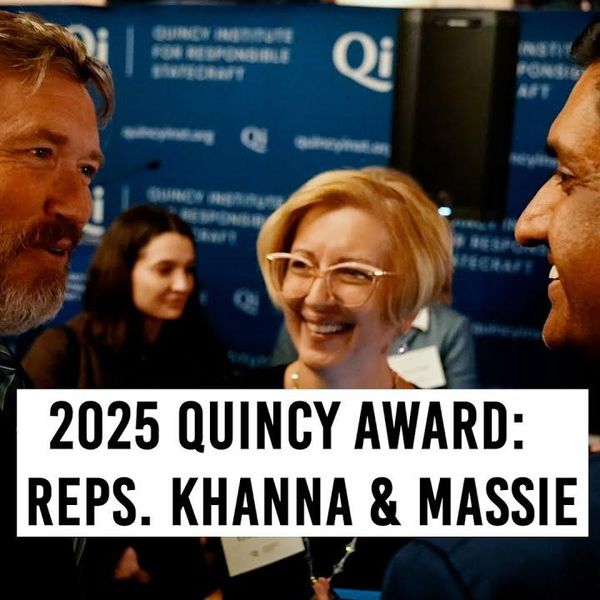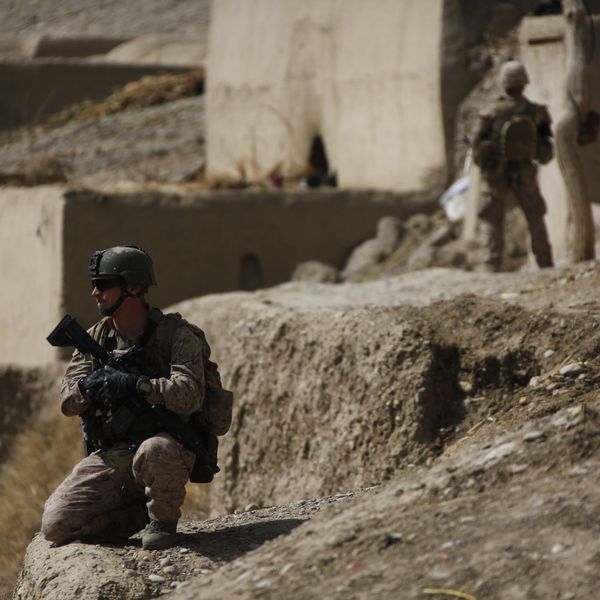Since the end of World War II, the United States has engaged in several armed conflicts, proxy wars, coups, and other interventions, most of which have by any reasonable standard turned out badly. The United States lost the Vietnam War at great cost, yet the posited effects of defeat largely failed to occur. The Iraq War is difficult to see as anything but a strategic failure for the United States, and the war in Afghanistan — America’s longest — grinds on with two successive presidents having so far failed to deliver a promised withdrawal.
U.S.-supported or -instigated “anti-communist” coups in Iran, Guatemala, and Congo helped produce hostile, repressive or failed states, and have served no identifiable U.S. interest. An intelligence community report requested by President Obama acknowledged that U.S. interventions in support of insurgent movements, such as the Nicaraguan contras, have produced few if any positive results. For 60 years, except for in the Obama administration, U.S. Latin America policy has been hostage to a fixation on regime change in Cuba. These interventions have imposed substantial costs in lives, treasure, and the national interest, all for no apparent benefit.
Although this record of failure spans more than half a century, the United States has never really come to terms with it. This accounts for much of the confusion that we see over how to understand and respond to contemporary national security threats, keep the country safe, and promote the national interest in today’s world. It explains why concepts of commitment and credibility that chained us in Vietnam still bedevil us today, calling us like a siren song to actions that actually make us less secure.
Progressive proposals for more effective national security policies abound, but it would be difficult to demonstrate that they are changing the country’s national security conversation. In this essay, I argue that to be successful, we need to understand that the route to policy change lies through paradigm change.
The creators of America’s postwar national security regime quite deliberately built a paradigm that explained the postwar world and America’s stake in it and prescribed the containment doctrine that guided U.S. policy for the duration of the Cold War. What we are seeing now is the breakdown of the cold-war national security paradigm. It fails to explain contemporary reality and to prescribe effective security policies, and it offers little useful guidance for addressing today’s key national security challenges. But it’s the only paradigm we have; thus, alternative policy proposals are still judged according to its precepts. The paradigm defines wherein security lies and sets forth the criteria against which national security policies are to be judged. Policy proposals that don’t fit those precepts are discarded. This is not an evidence-based process; it is simply how people fit information into the framework that they use to understand the universe they live in.
Policy failures are so little understood for a reason that is inherent in policy paradigms: The proponents and practitioners of the paradigm are also its evaluators. We have difficulty coming to terms with policy failure because we remain in thrall to the paradigm that produced them, which inhibits us from even identifying them as failures. This presents a challenge that cannot be overstated.
Proponents of alternative policies seem constantly on the defensive in the public debate. Polls often show that Americans don’t like many of the actions that the interventionists demand, but they buy the central assumption underlying these demands: If we don’t respond aggressively, we are weak — and policymakers pay a high political cost for policies that are attacked as weak.
We require a politically viable counter-narrative that defines security in less interventionist terms — which shows that America can be stronger, safer, more secure, more free, and more prosperous under an alternative national security construct that relies less on intervention and military force and more on diplomacy, multilateralism, and judiciousness in the threat and use of force.
The essence of the cold war paradigm is this: The post-World War II national security paradigm was articulated most fully in NSC-68 (1950), the seminal national security document of the time. NSC-68 sought to characterize and explain a profoundly changed world wrought by war, revolution, and the dissolution of empire in the first half of the twentieth century, and to prescribe security policies for this world. The authors of NSC-68 saw their task as convincing a war-weary country that it had to remobilize, rearm, and support emerging alliances to counter Soviet aggressiveness. NSC-68 thus posited an apocalyptic situation where one of two empires was going to control the world; it would either be the United States, or a Soviet Union “animated by a new fanatic faith, antithetical to our own,” that “seeks to impose its absolute authority over the rest of the world. Conflict has, therefore, become endemic and is waged . . . by violent or nonviolent means in accordance with the dictates of expediency.”
NSC-68 did not just give rise to the massive military buildup that followed, but also to the doctrine that the West, led by the United States, had both the right and the responsibility to intervene anywhere in the world to correct or prevent a situation perceived to benefit our adversary, and to resist what we saw as Soviet influence anywhere outside the Soviet bloc.
When the Soviet Union imploded and the Berlin Wall came down, the threat to which NSC-68 was a response disappeared. One might have thought that this would lead to a re-evaluation of NSC-68’s assumptions and prescriptions. The paradigm’s proponents had a different answer: We will do what hegemons are supposed to do; we will simply extend the boundaries of the world order that we are responsible for upholding.
The terrorist attacks of Sept. 11 conveniently restored what the Soviet Union’s demise had taken away: an overarching global threat for which the cold-war paradigm’s precepts could be repurposed. President George W. Bush channeled NSC-68’s authors, painting a black and white world and an existential global threat, and launching another global war — this one on “terror” — which we still fight today, largely under the same precepts that have guided or misguided us for 70 years.
The cold war paradigm contained at least two fundamental flaws, which are still proving pernicious to security today. The first is the elevation of the enemy to a uniquely evil force with whom no negotiation or compromise is possible. As it did with the Soviet Union, this still limits our ability to explore possibilities for accommodation with our adversaries. It remains extremely costly politically to do things that should be no-brainers, such as try to achieve a non-nuclear Iran through diplomacy rather than through force.
The second was to treat social and political change in the developing world as just another front in communism’s war for world domination. This produced costly, irrational, and counterproductive U.S. responses to revolutionary change from Vietnam to El Salvador and Nicaragua — and still in Cuba today. Opposition to change was virtually axiomatic once it was labeled “communist.” Today the “terrorist” label serves the same function, prescribing automatic military responses where they may be counterproductive.
This mindset produces blinders that are dysfunctional for security. There is a default to force — low barriers to its use, and high tolerance for its failure — leading to prolonged wars that persist long after policy makers have acknowledged that they are unwinnable. Diplomatic options, virtually by definition, are delegitimized as soft and weak. Force is self-justifying, given as appropriate by the paradigm. The proponents of force are rarely called upon to demonstrate that force actually accomplishes its posited objectives. If it hasn’t, the argument goes, that is because we failed to use enough force, or to use it long enough. Diplomacy is held to a higher standard. If it doesn’t produce preferred outcomes overnight, the drumbeat to abandon it starts almost immediately. Thus are we led away from options that could better serve security at less cost.
The challenge inherent in replacing a dominant paradigm lies in the fact that generations of theorists, analysts, and practitioners have invested their careers in it. In the national security case, it is hardwired into our politics and our journalism. The paradigm is assumed; few are even aware of its existence. This is why we need to be purposeful in replacing it. Paradigm change is not the byproduct of policy change; it is the origin of policy change.
For an alternate paradigm, we need to rediscover the positive aspects of America’s postwar national security regime. The statesmen of the time understood that picking up the world from two world wars, creating conditions that would not breed a third, and providing for collective security were not fundamentally military ventures. They saw their main tools as diplomatic and economic. In the name of security, they created the United Nations, rebuilt Europe with the Marshall Plan (a textbook national security success), launched European integration, established the predecessors of today’s foreign aid programs, and built a global financial and trade infrastructure. History’s lesson is that this served U.S. security interests far better than coercive interventions in the less developed countries. Our most successful Cold War policies owe more to diplomatic and economic measures that enhanced people’s possibilities than to military moves on the Cold War chessboard that truncated them.
The elevation of threats and coercion to the core of U.S. policy and a litmus test of U.S. politics, particularly since Sept. 11, produces a weaker America, endlessly condemned to fight blowback from previous policies. This mindset must be replaced by a set of guiding principles with which the world can associate and not feel compelled to resist. We need to help Americans understand that the United States is still most secure in a world in which others are secure, and are able to pursue their aspirations for themselves and for their children.
To prevail in the national security debate that our nation must have, advocates of an alternative approach must understand that although this is surely a policy fight, it is more fundamentally a paradigm fight. It is only through paradigm change that we can drive down the political cost of pursuing sensible policies. The country will not entrust its security to alternative policies until it understands why security lies in that direction and not in the direction dictated by the cold war paradigm. That case has yet to be effectively made. Proponents of alternative policies must build an alternative paradigm — and then they must roll up their sleeves and fight the long war to prevail in the policy arena.

